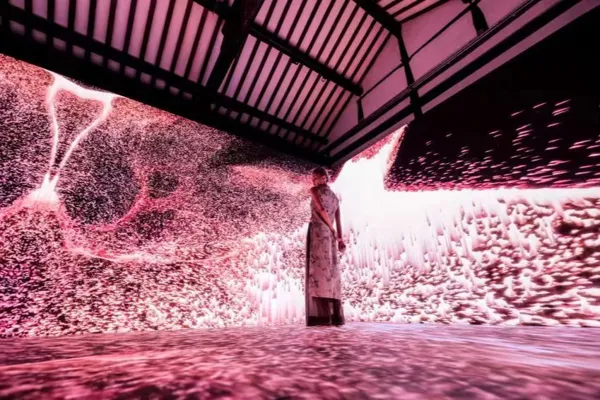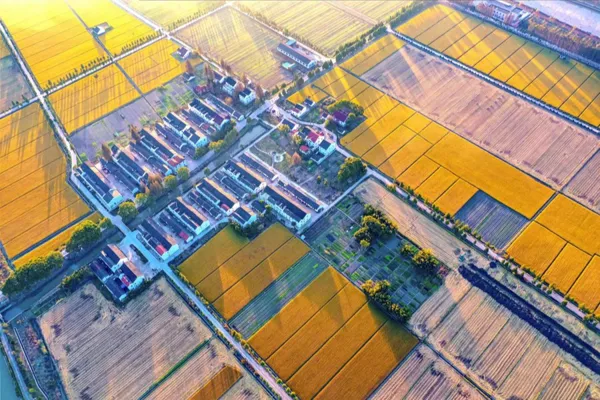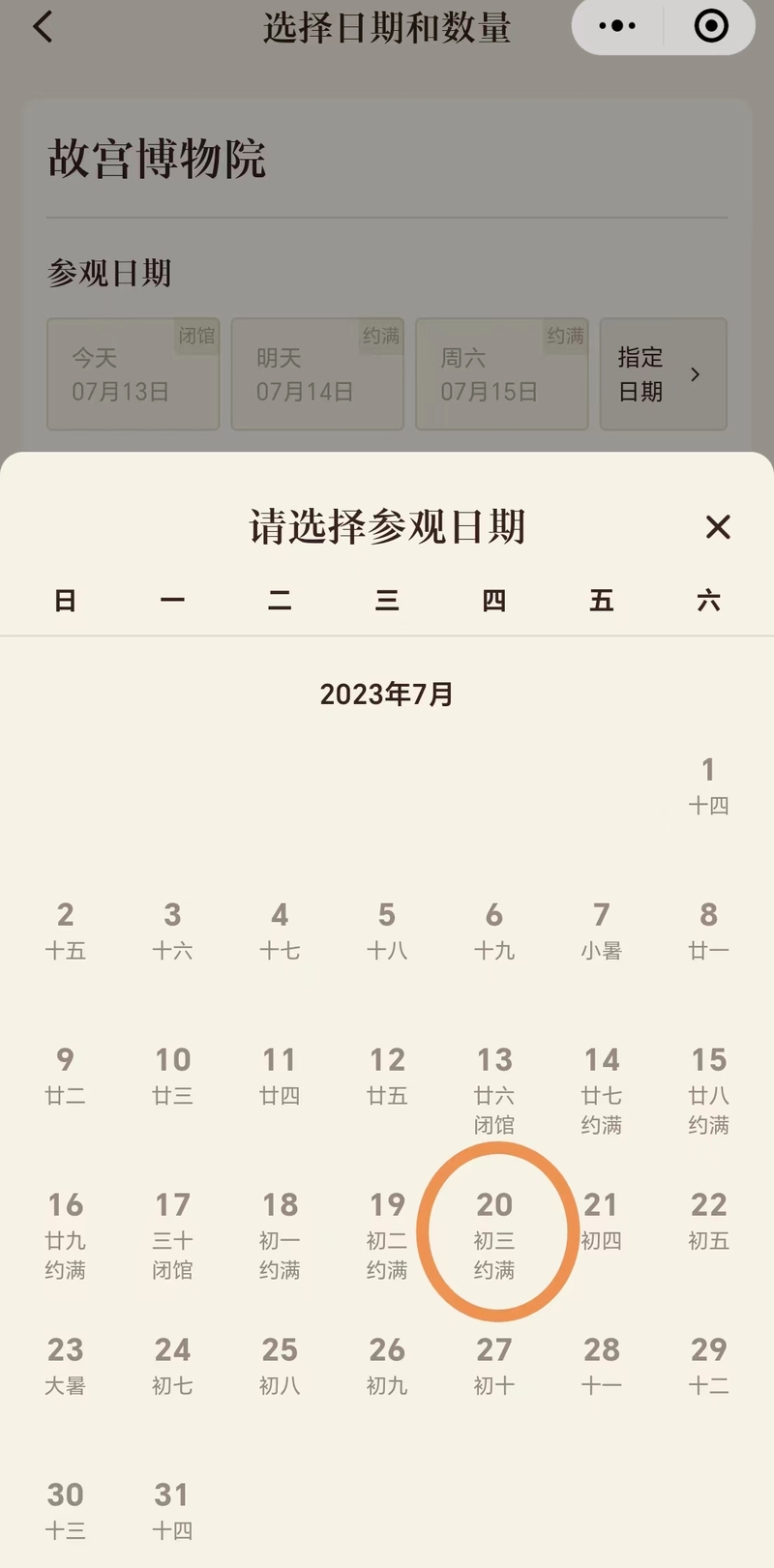The Harvard University team brought three works to show the essence of ancient Chinese art, and the "Open Theater" series of themed exhibitions kicked off
Starting today, the "Open Theater" series of themed exhibitions will be launched at the "Cheng Ci Hometown", a cultural protection unit with a history of nearly 300 years in Panlongtiandi, Shanghai, becoming the first exhibition of this series of exhibitions in Asia. The exhibition is based on Chinese classical aesthetics and innovatively presents immersive art works with different themes. The first phase will feature "Sky Dance·Lifting the Shape" and "Shadow Wall" brought by the Harvard Chinese Art Laboratory team led by Professor Wang Yuejin of Harvard University. ·Insight" and "Heart Tower·Step High" are three digital art works.
Rooted in the study of medieval Chinese art, the multimedia art works developed by CAMLab strive to shape innovative exhibition paradigms for academic research and artistic creation. The themes of this exhibition include the essence of ancient Chinese art such as Dunhuang music and dance, Yingxian wooden pagoda, and Zen movie cave. It uses cutting-edge technology and contemporary expression to explore its depth of thinking and spiritual connotation, and fully promotes the romance carried by Chinese classical art and architecture. Beautiful cultural imagination, rigorous and exquisite space creation, and rich and timeless philosophy of life.
Among them, the creation of "Tian Wu·Li Sha" was inspired by the magnificent and rich music and dance images in the murals and sculptures of Dunhuang Cave 220. The work uses artificial intelligence, motion capture and machine learning algorithms to analyze the music and dance images in thousands of Tang Dynasty murals to form new dance sequences and dynamic simulations, using digital holographic theater combined with multiple mirror phantoms to restore Dunhuang thousands of years ago. Music and dance aesthetics.
"Shadow Wall·Insight" focuses on the "Shadow Cave", an extremely important spatial and cognitive archetype in Chinese culture and art history. This art work takes the story of the "Shadow Grotto" built by the eminent monk Hui Yuan in Mount Lu during the Eastern Jin Dynasty as a clue. It combines three-dimensional scanned images of Mount Lu, documentary texts and Hui Yuan's artistic works to delve into the meditation culture of the Wei, Jin, Southern and Northern Dynasties in China. Give the audience an immersive sensory experience.
"Heart Tower Bu Gao" combines a series of technologies such as photogrammetry, architectural modeling, and computer imaging to completely reconstruct the "Yingxian Wooden Pagoda" built in 1056 in the Liao Dynasty in artistic images. The three video installations further bring the "Emperor's Pearl Net" space-time concept model and spiritual evolution process contained in the Liao Pagoda to the audience, allowing the audience to immerse themselves in the climbing experience from a new perspective and feel the style of the Tang and Liao Dynasties carried by the ancient pagoda. and the beauty of medieval culture.
Mr. Zhang Bin, CEO of Ruian Xintiandi, said that the essence of CAMLab's works is not only to use digital technology to record ancient Chinese culture and art, but also to use digital technology to achieve new interpretations and interpretations. Through the interweaving and fusion of history and modern aesthetics, the essence of ancient culture can be Renewed. "As a pioneer in the construction of outstanding sustainable urban communities, Rui'an Xintiandi has always adhered to the mission of 'Bring Heritage to Life', placing culture and art as the core pillars of community ecological construction. Through cross-border creative practices, it provides a new interpretation of tradition, It is an important way and method to create organic connections between people, people and communities, and people and cities.”
According to reports, the exhibition will last until the end of March next year. During this period, Ruian and Kaimu Culture Technology will also regularly carry out "Kaimu Culture Classes" every weekend targeting children, teenagers and student groups, so that children can enhance their understanding of ancient Chinese culture and architectural art while viewing the exhibition. understanding. At the same time, more academic exchanges will also be carried out.
In Panlong Tiandi, citizens and tourists can also take the Longjiang Ancient Ferry to enjoy the ten sceneries of Panlong. The wooden rowing boat is decorated with traditional cultural decorations such as rope knots and cloth. It is antique and makes tourists feel like they have traveled through time and space. This unique experience in the ancient town takes about 15 minutes one way. You can share a small boat with three or four friends and family, and you can also enjoy tea and snacks. During the boat ride, ancient bridges kept passing over our heads. When the weather was good, the water reflected from the water surface shimmered at the bottom of the bridge, which was very interesting. There are many shops on both sides of the river, with everything to eat, drink and play. After a short cruise experience, you can go ashore to experience it for yourself. Here, tourists can experience the Chinese charm of ancient and modern times.




